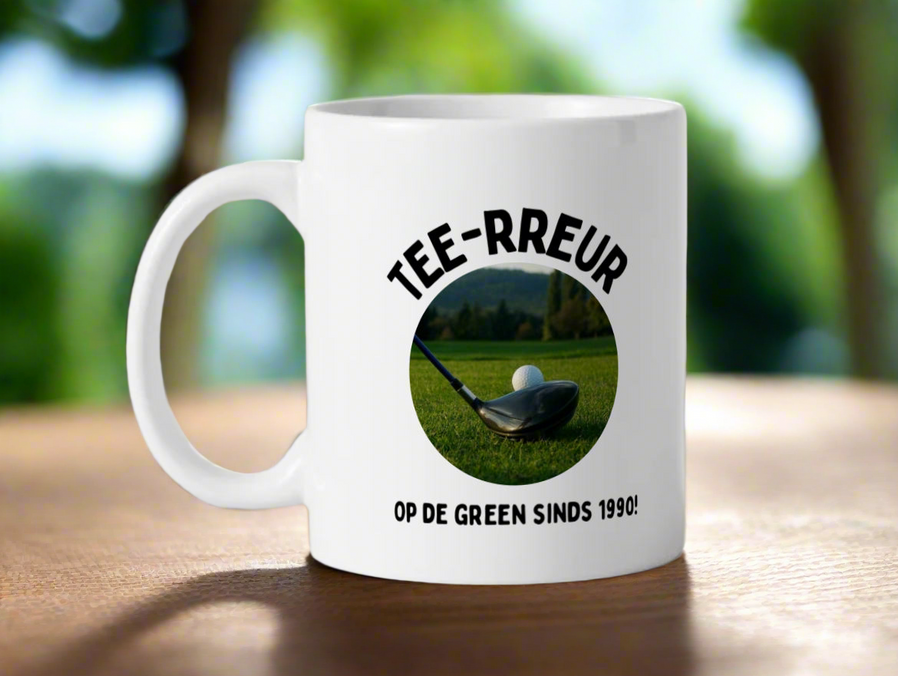11 Facts of Mugs

Fact 1
In case you didn't already know. A mug is a type of cup typically used for drinking hot drinks, such as coffee, hot chocolate, or tea. Mugs usually have handles and hold more liquid than other types of cups. A mug can usually hold about 240-350 ml of liquid.
Fact 2
A mug is a less formal style of drink packaging and is not usually used in formal place settings, where a teacup or coffee cup is preferred.
Fact 3
Ancient mugs were usually carved from wood or bone, ceramic or molded from clay, while most modern ones are made from ceramic materials such as china, stoneware, porcelain or stoneware. Some are made of reinforced glass, such as Pyrex. Other materials, including enameled metal, plastic or steel, are preferred when reduced weight or resistance to breakage is a high priority, such as for camping.
Fact 4
A travel mug is insulated and has a lid with a small opening to prevent spills.
Fact 5
Wooden mugs were probably made in the earliest days of woodworking, but most of them have not survived intact.
Fact 6
The first pottery was formed by hand and was later made possible by the invention of the potter's wheel (date unknown, between 6500 and 3000 BC). For example, in Greece a rather sophisticated decorated clay mug built from 4000–5000 BC was found
Fact 7
The invention of porcelain around 600 CE in China ushered in a new era of thin-walled mugs suitable for both cold and hot liquids, which we enjoy today.
Fact 8
Tiki mugs, cups usually made of ceramic, originated in tropical-themed restaurants and tiki bars of the mid-20th century. The term "Tiki Mugs" is a generic, generic term for sculptural drinkware that depicts images from Melanesia, Micronesia, or Polynesia, and more recently anything tropical or related to surfing. Tiki mugs are often sold as souvenirs and are highly collectible.
Fact 9
Travel mugs (introduced in the 1980s) generally use thermal insulation properties for transporting hot or cold liquids. Like a thermos, a travel mug is usually well insulated and fully enclosed to prevent spills or leaks, but it usually has an opening in the lid that allows the contents to be consumed during transit without spilling.
Since the main mechanism by which hot (not hot) drinks lose heat is evaporation, a lid plays a vital role in keeping the drink hot; even a thin plastic that conducts heat quite quickly.
Fact 10
Heat-altering , heat-sensitive, or magic mugs use thermochromism to change its appearance when a hot drink is poured into it.
Fact 11
Much of the mug's design focuses on thermal insulation: the thick walls of a mug, compared to the thinner walls of teacups, insulate the drink to prevent it from cooling or heating up quickly.
The mug bottom is often not flat, but concave or has an extra edge to reduce thermal contact with the surface on which a mug stands. These features often leave a characteristic circular mark on the surface.
Finally, a mug's handle keeps the hand away from the hot sides of a mug. The small diameter of the handle reduces the heat flow between the liquid and the hand.
For the same reason of thermal insulation, mugs are usually made of materials with low thermal conductivity, such as stoneware, china, porcelain or glass.






